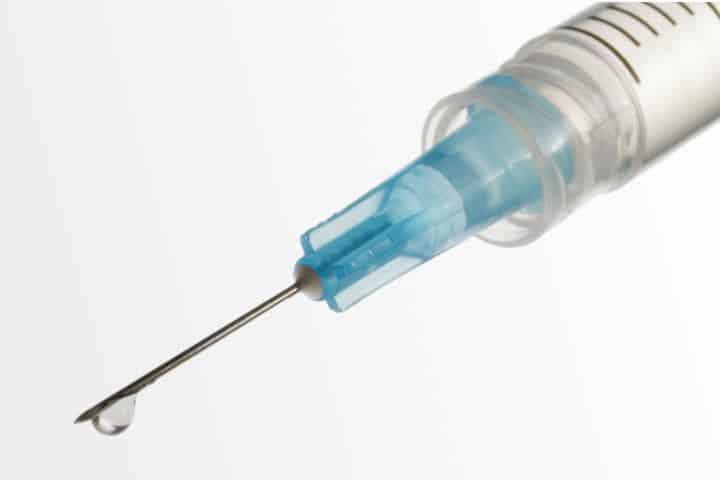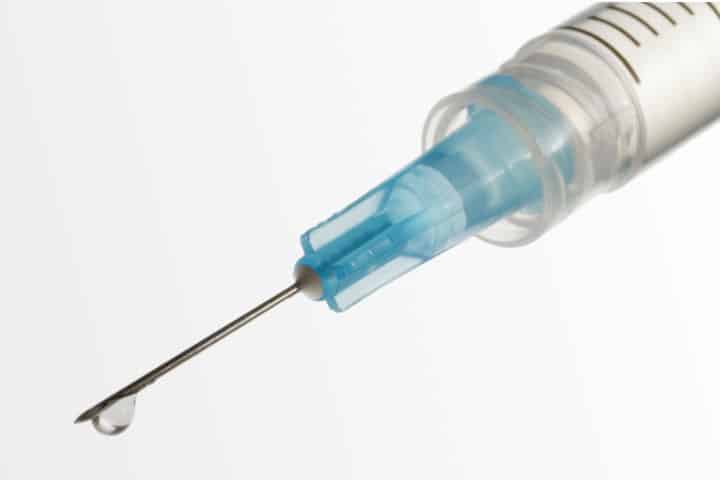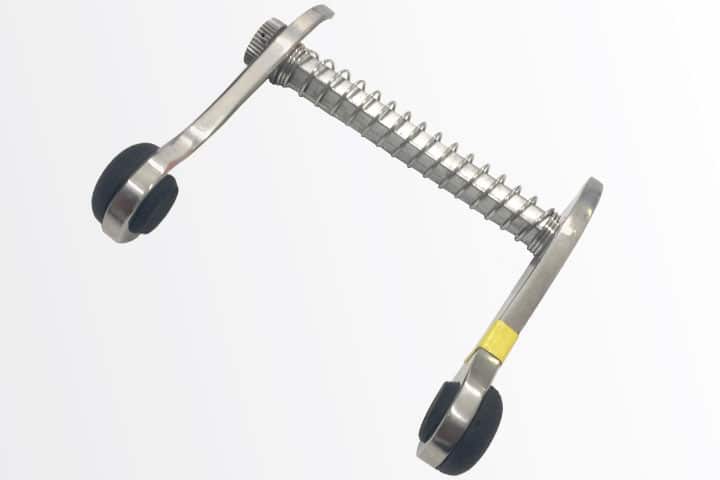Anaesthesia
Tip of the Month – March
Anaesthesia Minimising Risk of Anaesthesia in Brachycepalic Dogs Anaesthesia and airway management in brachycepalic patients can be very challenging and a source of concern to vets and owners. Due to the presence of BOAS and the high risk of gastro oesophageal reflux, these patients are at high risk of complications, particularly during induction and recovery.…
Read MoreTip of the Month – February
Anaesthesia ‘Local anaesthesia techniques for ovariohysterectomy’ Female ovariohysterectomy is one of the most common surgical procedures in veterinary practice. It can be extremely painful and although systemic pain medication is routinely included as part of the peri-anaesthetic protocol, some cases still respond to surgical stimulation and may display signs of pain during recovery period. The…
Read MoreTip of the Month – October
Anaesthesia ‘Local anaesthesia for general practice: Castration’ Male Orchiectomy is a very common surgical procedure in veterinary practice. The procedure can be extremely painful and although systemic pain medication is routinely included as part of the peri-anaesthetic protocol, some cases still respond to surgical stimulation and may display signs of pain during recovery period. The…
Read MoreTip of the Month – March
Internal Medicine/Anaesthesia The use of spring-loaded mouth gags in cats Rarely, blindness can be seen following anaesthesia, in previously seemingly-healthy cats. Blindness can be caused by ocular or central nervous system (CNS) abnormalities. Post-anaesthetic blindness is most commonly due to CNS disorders, and an ophthalmological exam would be expected to be unremarkable. While many CNS…
Read More


